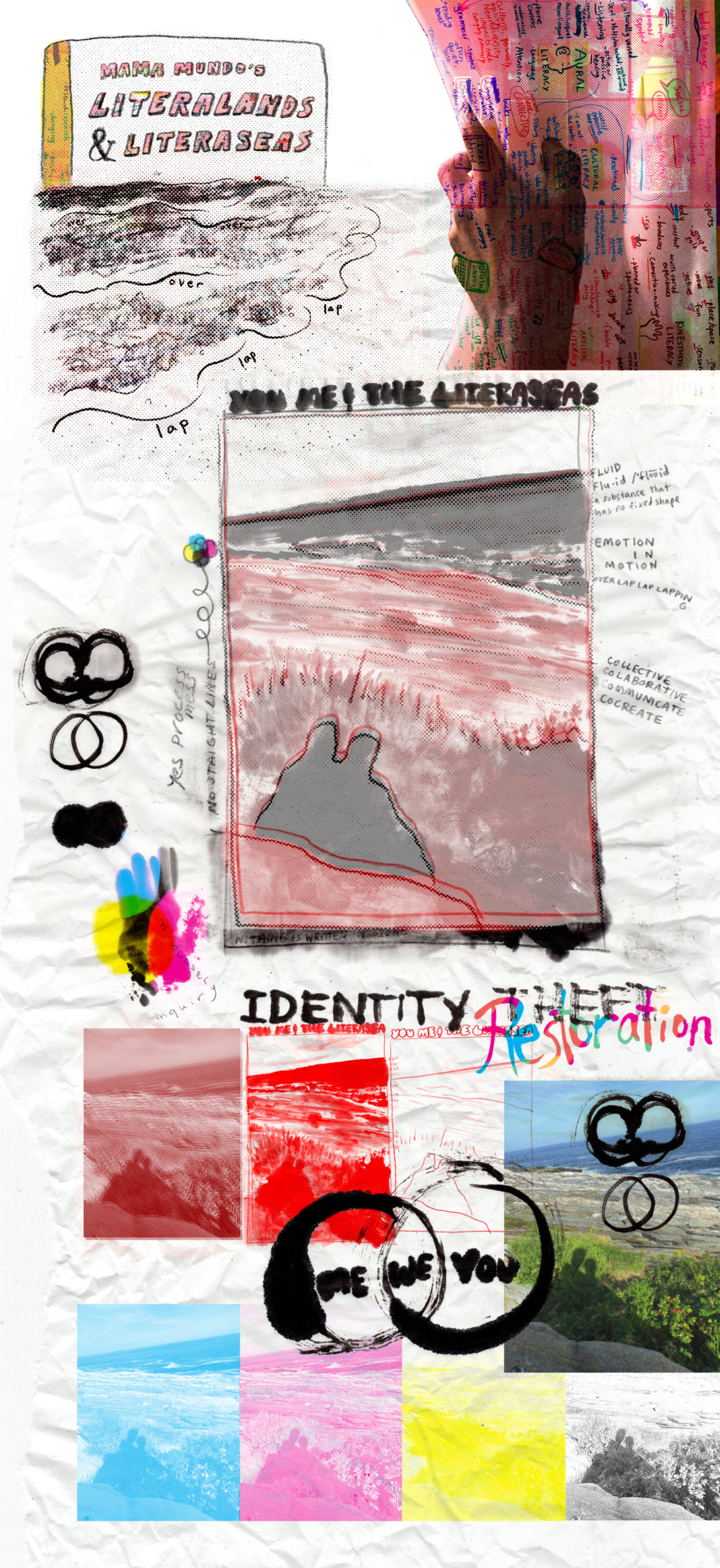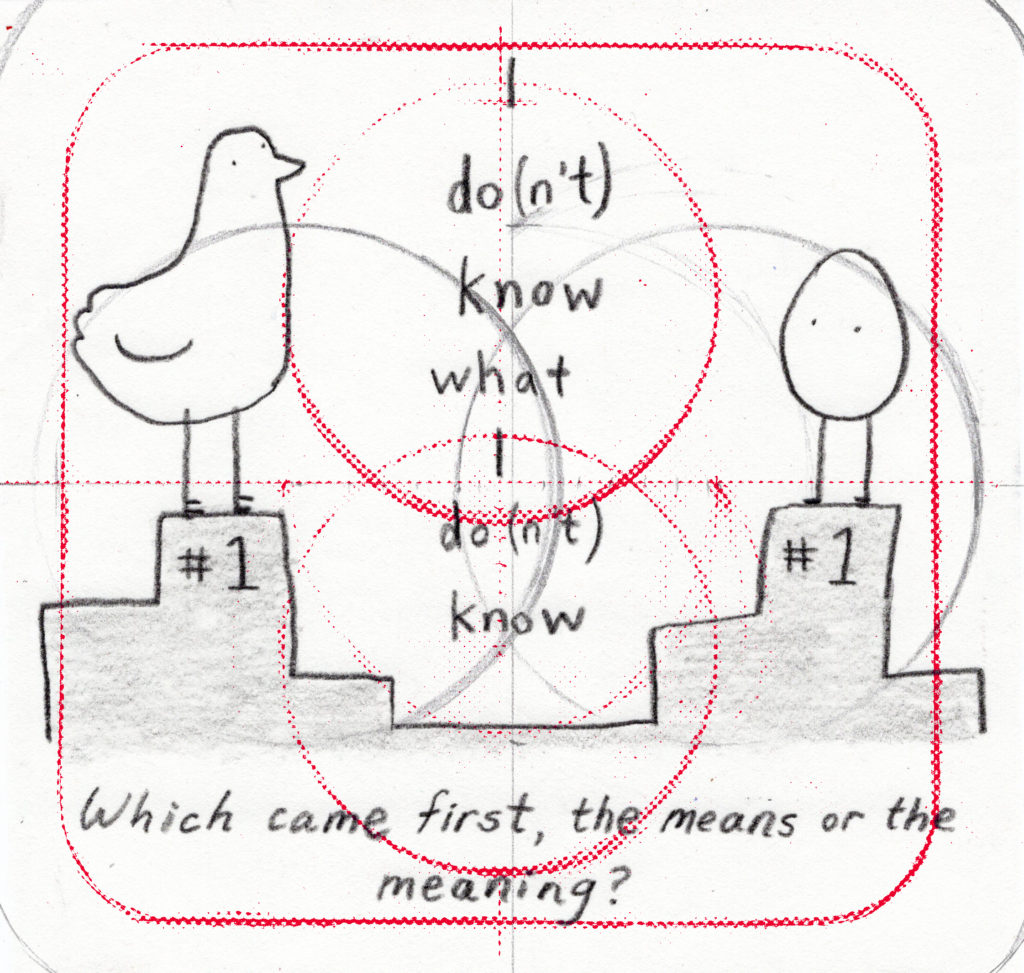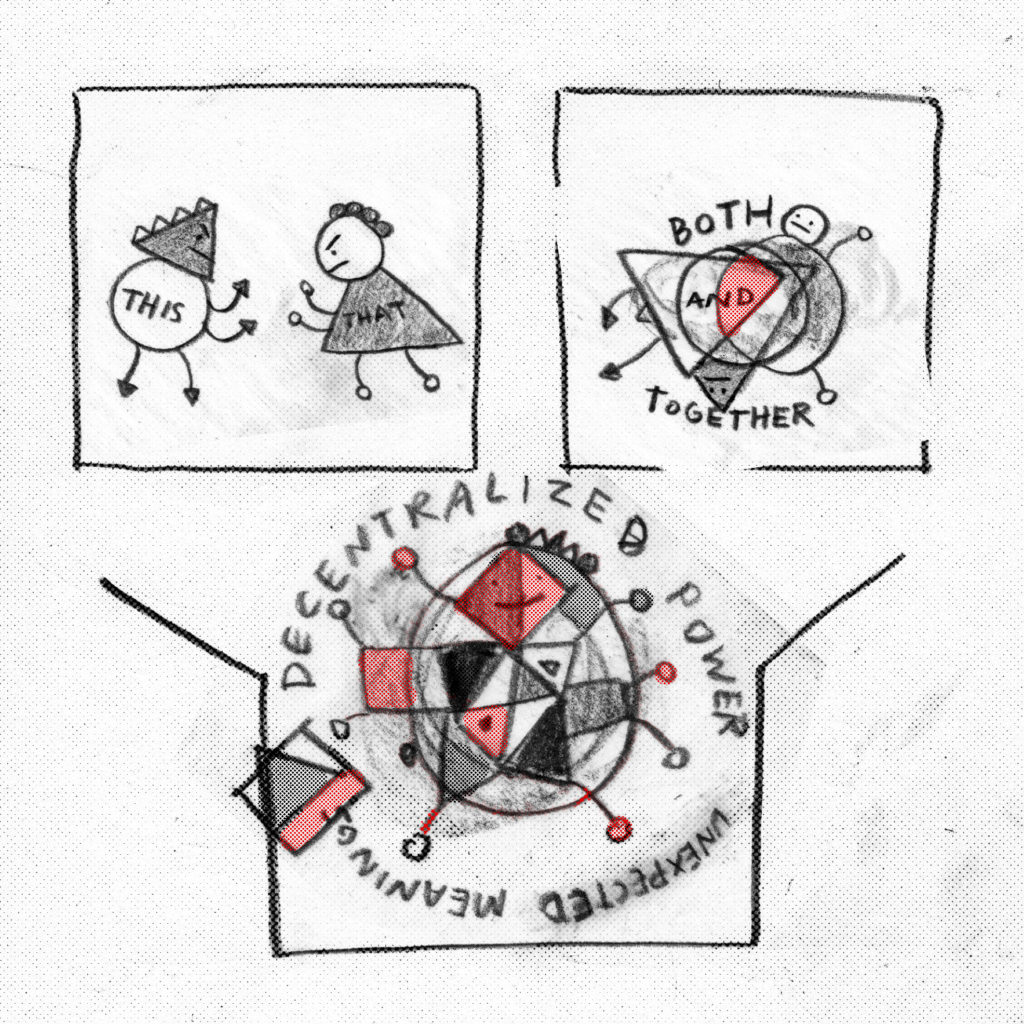How Music and Play Enhances STEAM Education for Early Learners
 This post was first published on Ed Note, Education Commission of the States’ education policy blog. It was guest authored by Wincey Terry-Bryant, master teaching artist at Wolf Trap.
This post was first published on Ed Note, Education Commission of the States’ education policy blog. It was guest authored by Wincey Terry-Bryant, master teaching artist at Wolf Trap.My parents noticed early in my life that I had an inclination for memorizing song lyrics. They told me that, before I could speak, I would park myself in front of the television and sing along with every commercial jingle. I wasn’t alone. On the school playground, my friends and I sang our favorite songs loud and proud.
I had no idea how useful this inclination would be for me later in life as a vocal arts specialist. Arts integration and play-based learning also hold potential benefits for young learners, both of which state policymakers can leverage to improve achievement and a host of additional outcomes.
During a hiatus from touring as a background singer for artists like Sting and Tina Turner in 1998, I had a conversation with an educator that led me to the classroom. She asked me two questions that changed my life:
- “What do you really love?”
- “If you could do anything, what would you do?”
I barely had to think about it. I love children and music (possibly equally). If I could do anything, I would bring music to children — real, live music — with stories and education. After that, I contacted The New Jersey Performing Arts Center, which had just become an affiliate of The Wolf Trap Institute for Early Learning Through the Arts, and I began training to become a teaching artist.
With Wolf Trap, I learned how to leverage the arts to provide early childhood educators with active learning experiences that promote key developmental skills. As a vocal arts specialist, I simplify and teach an arts skill to classroom teachers, such as how to write a basic chant or jingle.
Developing these experiences with educators can help them teach a range of age-appropriate academic topics, such as number sense, measurement, algebra, literacy, science and engineering. Exposing students to these subjects early on through music and play can head off the intimidation associated with these topics. Another bonus for educators is seeing how every lesson crosses the curricula, making it easier for them to meet their teaching objectives.
For instance, during the Early Learning STEAM State Policy Academy hosted by Education Commission of the States, I shared a songwriting activity that uses the names of shapes in place of the lyrics to the familiar children’s song “Twinkle, Twinkle Little Star.”
I start this activity by asking students to guess what’s in my repurposed oatmeal container. Next, I pull out one shape at random and ask students to identify it. Then, the students and I clap out the number of syllables in each shape’s name. Later, we line the shapes up on the board and sing the shape names to the melody of “Twinkle, Twinkle Little Star.” Finally, students take turns leading our song by rearranging the order of the shapes and conducting the class in performing their new arrangement.
In this activity, students are practicing reading left to right (literacy), shape identification (geometry), shape attributes (number sense), sequencing and patterns, song arranging and conducting, size and volume (dynamics), comparison, syllables, melody (music), vocabulary and symbolism.
Recognizing the importance of play to the development of early learners and integrating the arts with STEM subjects can lead to enhanced outcomes for students. To support this, policymakers can convene STEAM education leaders to develop state and local solutions, such as supporting teaching artists, professional development for educators, creating STEAM designations at the school level and addressing associated funding needs.
What I’ve learned most from my experience is that the arts can help teach any topic, and it can transform classrooms. Arts-integrated curricula and associated professional development are investments that can reap rewards for teachers, students and their families well into the future.



